This morning we left the Toolik Field Station. I took the first shift driving the Ford truck down the Dalton Highway, 230 miles from Toolik to the Yukon River.
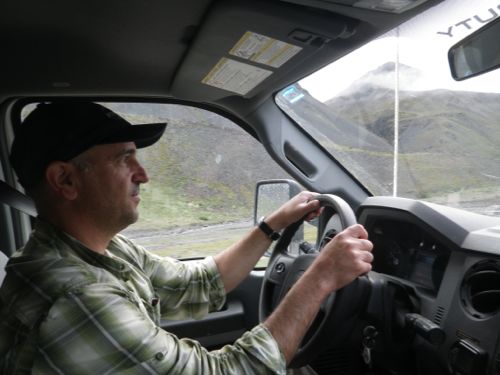
Louise, a student from California working on fish studies at Toolik, drove the rest of the way into Fairbanks. It was a 9-hour, 357-mile trip on dusty dirt and roller-coaster pavement warped into dips and bumps from frost heaving.
We also rode with Rolf and Thorsten, two German researchers studying the Northern wheatear, a bird that summers on the tundra around Toolik. They fitted over 100 wheatears with 1.5-gram geolocating backpacks that will record their 15,000-mile migration to west Africa and back. Rolf's specialty is photographing insects in flight, and he's posted amazing pictures on his website.
It has been a remarkable 3 weeks at Toolik, with new experiences every day. On Monday I got to stand knee-deep in the freezing cold Arctic Ocean at Prudhoe Bay.
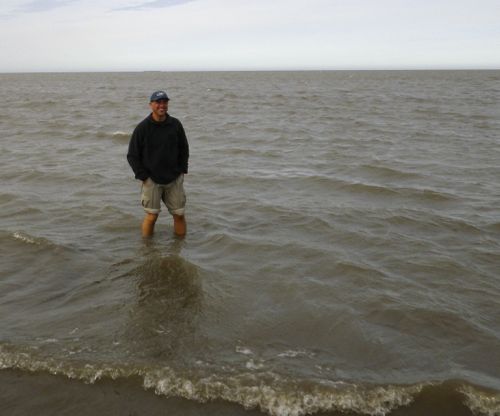
I also got to ride in a helicopter, canoe and swim on Toolik Lake, take a 10-mile mountain bike ride on the Dalton Highway (5 miles uphill and 5 miles down), take an amazing hike in the Brooks Range, and got to see grizzly bear, black bear, musk oxen, moose, caribou and lots and lots of birds.
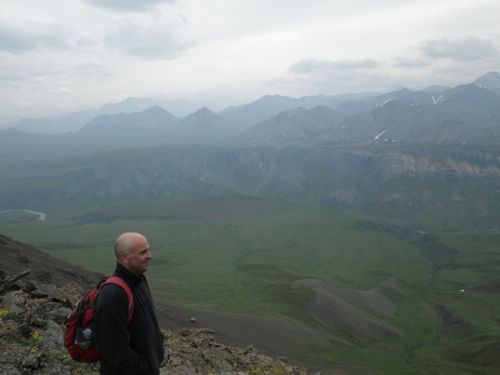
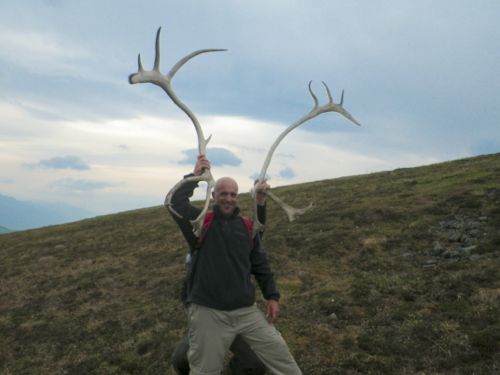
Most of all, I got to meet, work with, and learn from really smart and interesting people doing fascinating research on all aspects of the tundra, and how conditions are changing as the earth itself undergoes change.
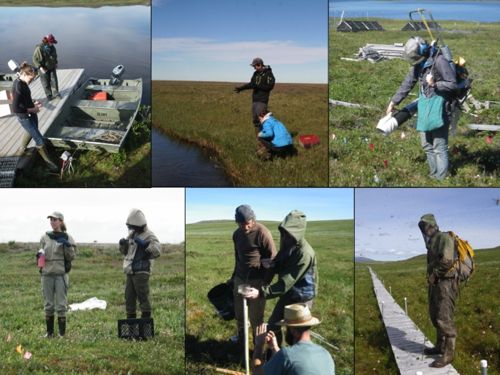


Comments